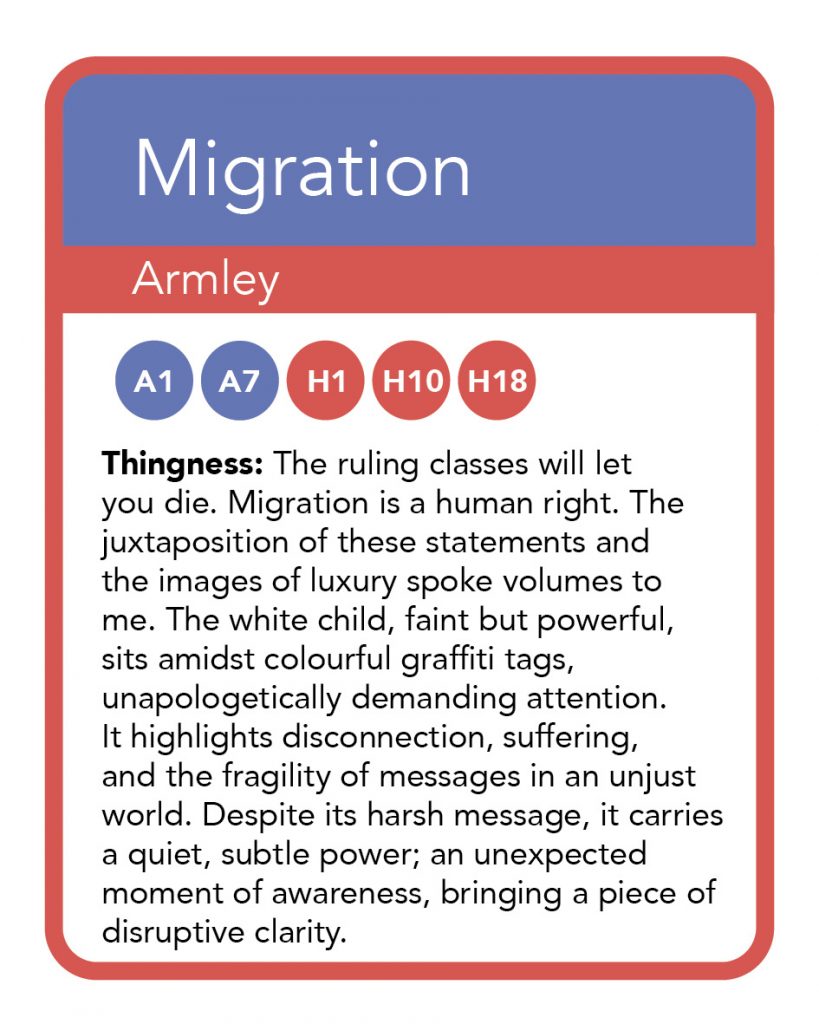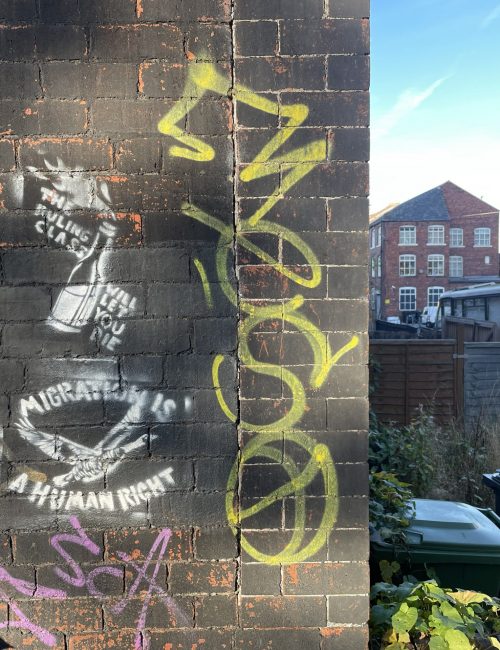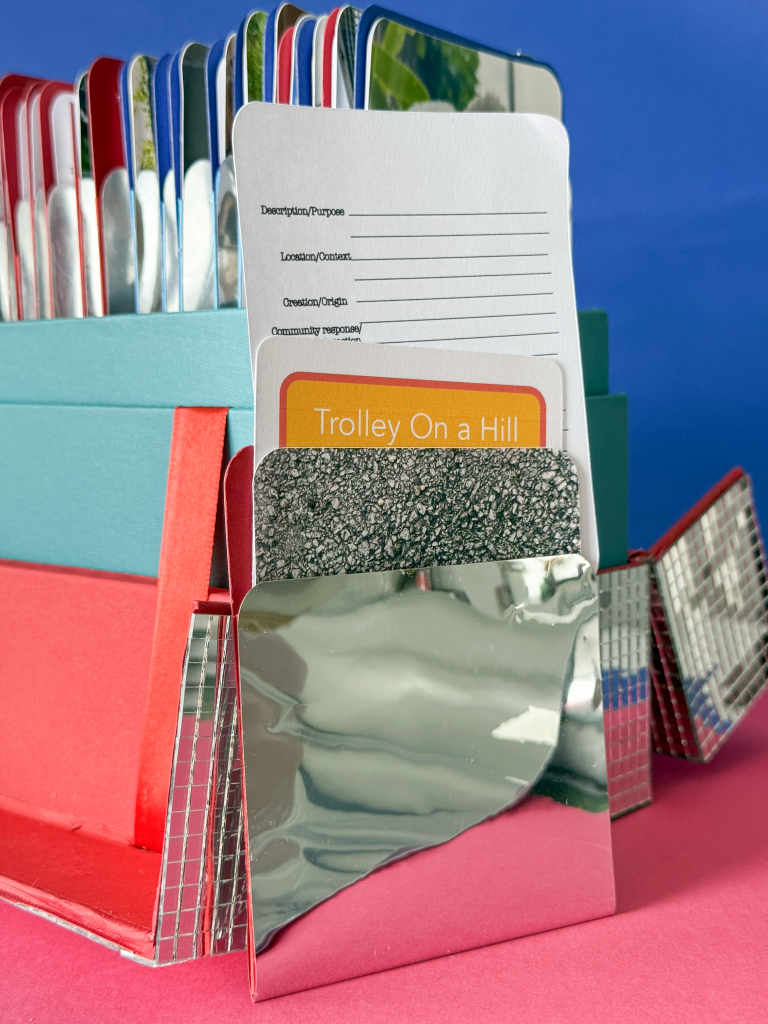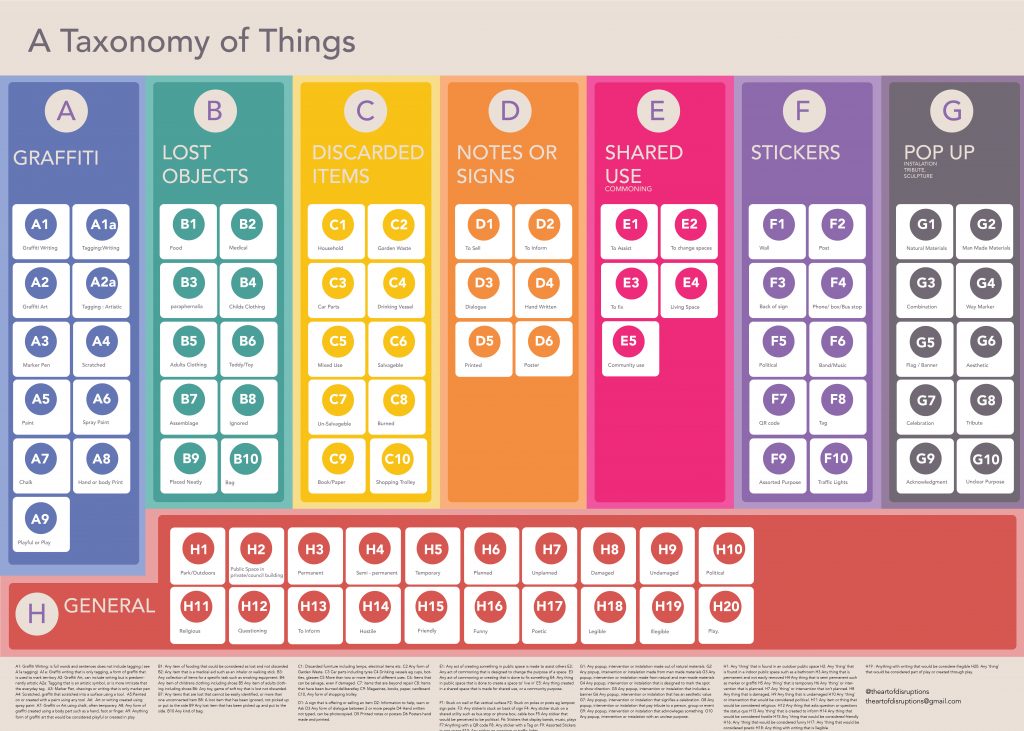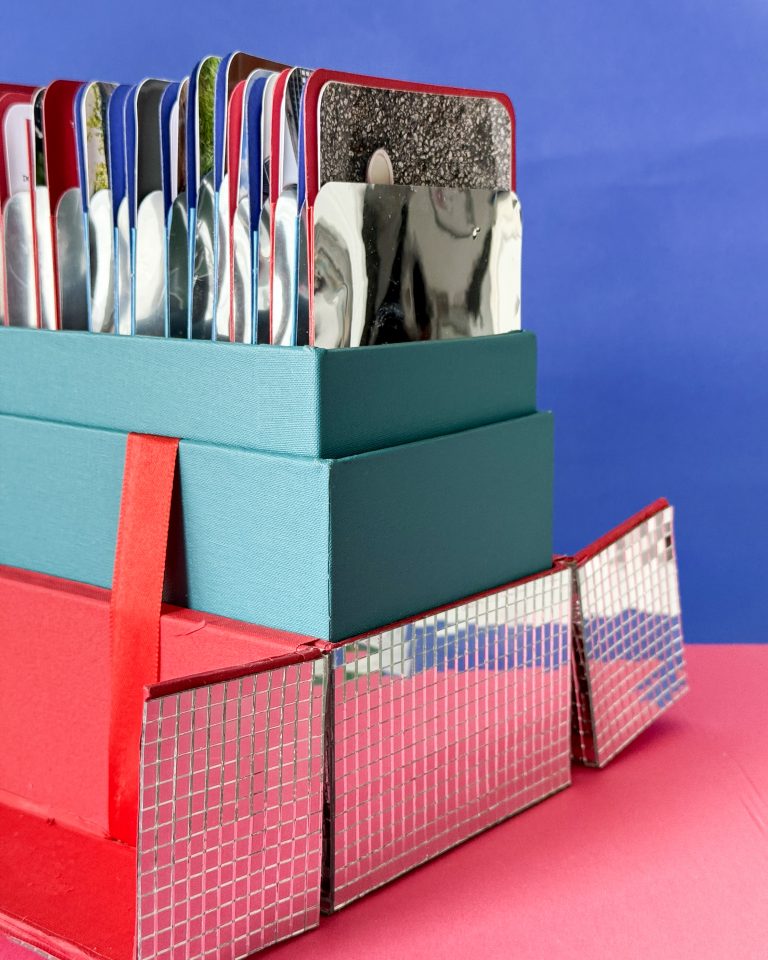
I have a shifting mind; my practice is shaped by curiosity, moving attention, and a need to make sense through making. Being diagnosed later in life with ADHD has given me the language for this restlessness, helping me embrace it as a strength rather than a limitation and teaching me to be confident in my quirks. In that space I have found the freedom to resist fixed definitions, remain open to change, and, without apology, stay true to myself and find joy in my work, collecting and creating playful photographic archives of things.
Things connect me to my surroundings, to events, and to humanity, bringing me a sense of belonging and calm. My work is a playful exploration of things shaped through photography, paper engineering, and traditional bookbinding skills. I am fascinated by the ontology of things: the way they exist in the world and what they mean to us.
Each photograph of a thing is a moment of joy, a glimmer found in the unexpected placement or disruption. The anarchives I create explore the agency of things within community spaces and their emotional and affective resonance. They invite the viewer to engage with the joy of finding and the hidden rhythms and stories things hold.
I see these archives as a living, shifting assemblage that continues to evolve, shaped by experience and interaction. They act as a bridge between people, built through the things I find and others leave behind. The viewer becomes part of the connection between things, space, memory, and human experience. This ongoing cycle of discovering, experiencing, and feeling offers the chance to both disconnect and reconnect.
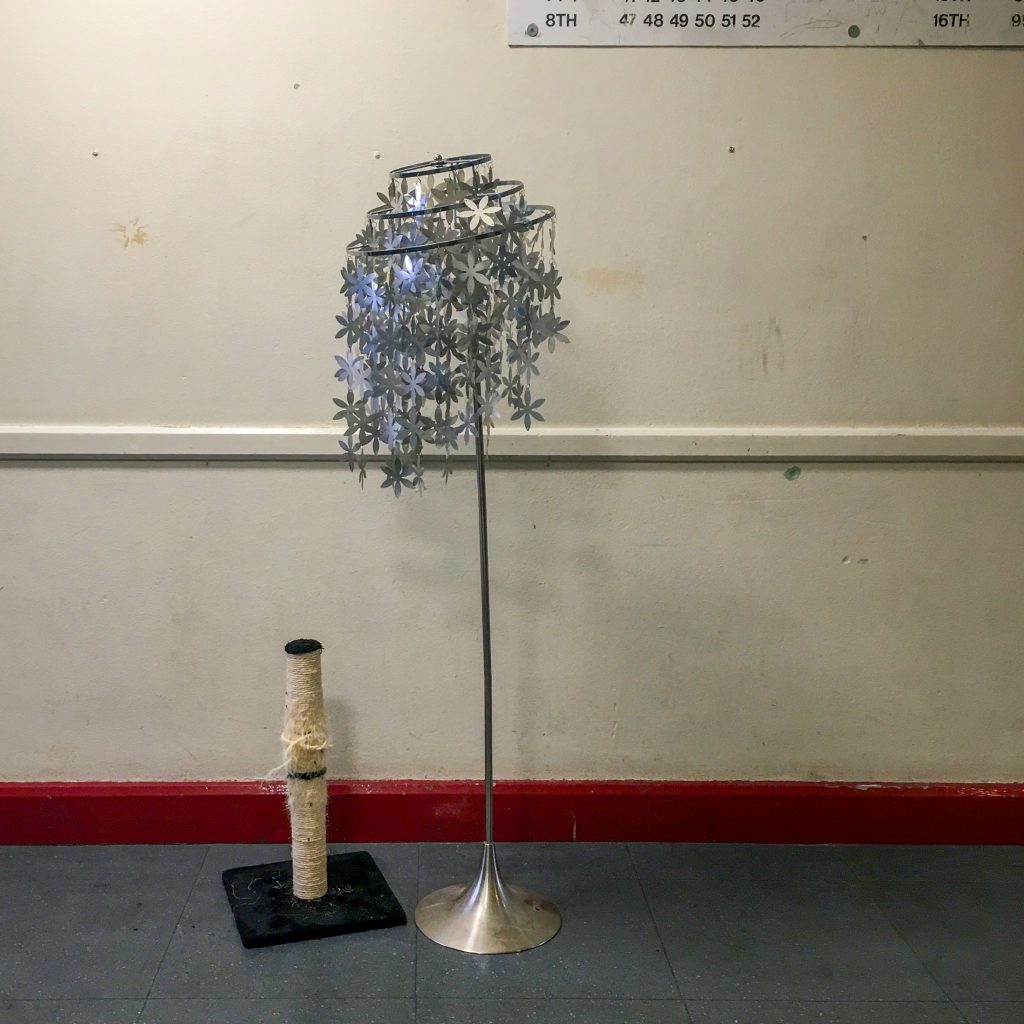
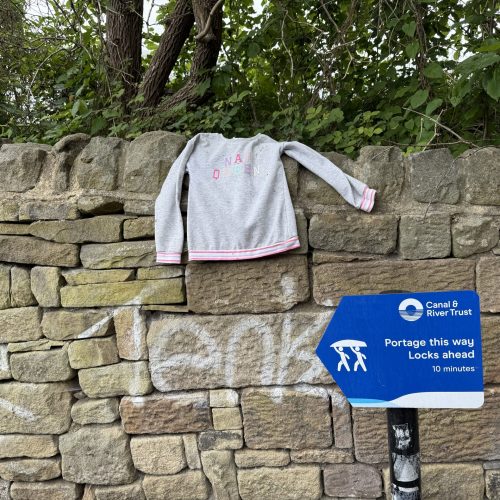
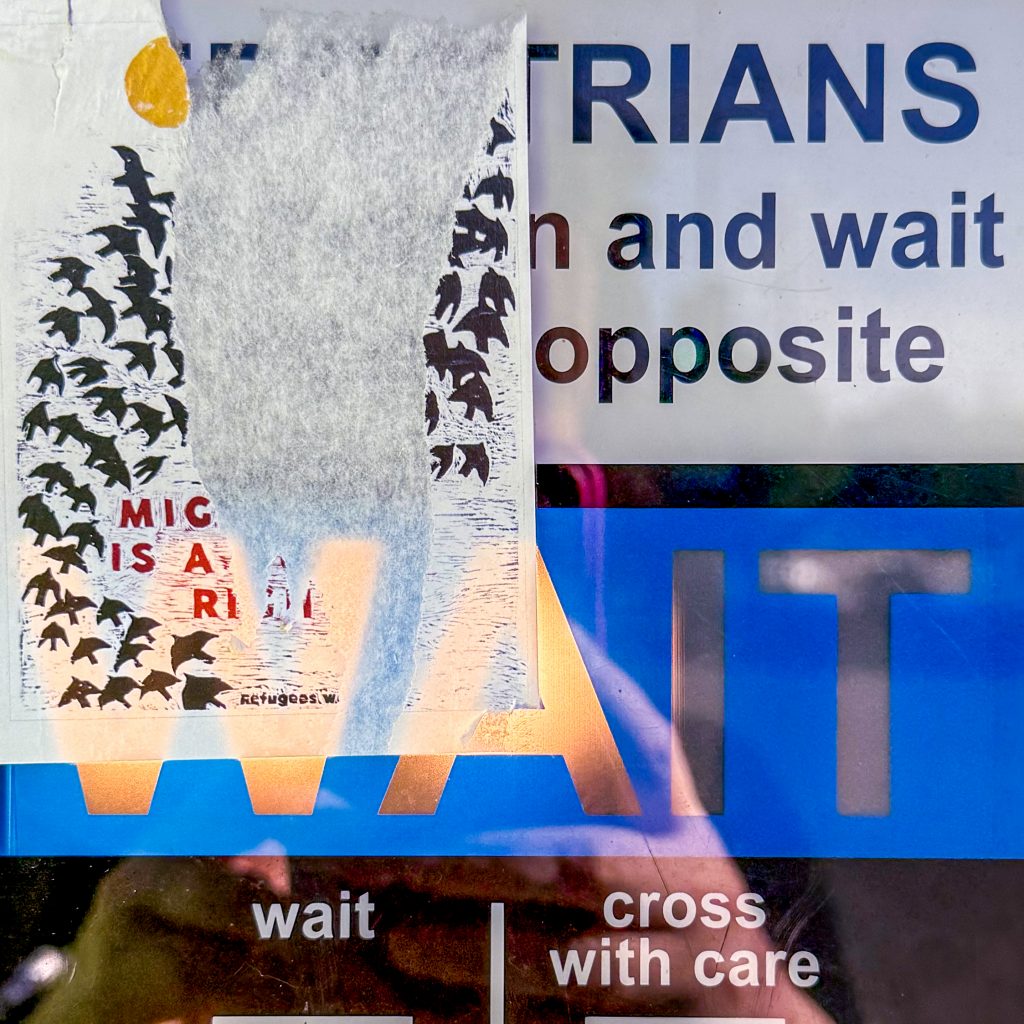
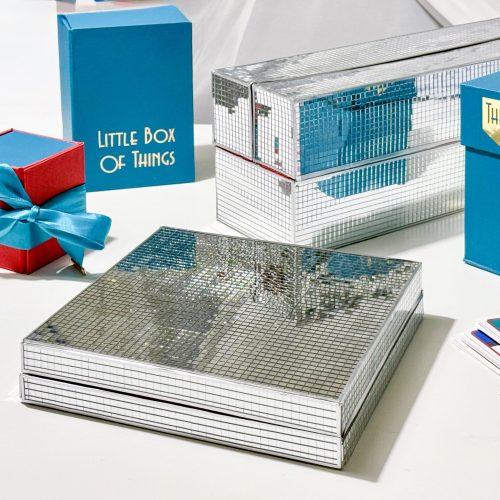
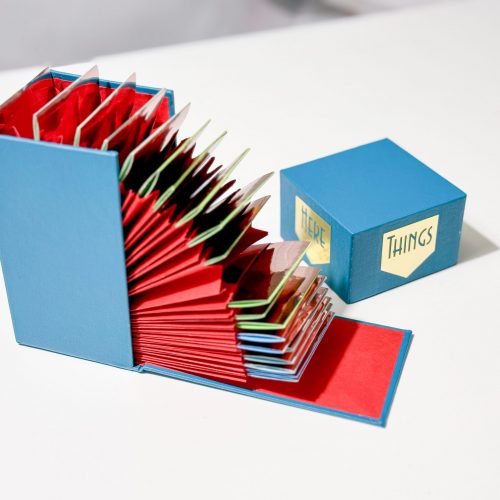
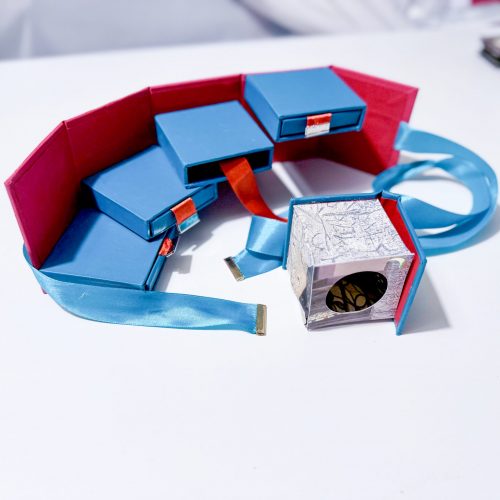
A ‘thing’ is something that is disrupted from its usual function, which demands our attention and challenges the traditional subject-object relationship. It represents a complex interplay of assemblages, involving both human and non-human relationships; it can be both affective and effective in its context. Objects, spaces and abstract conditions, both tangible and intangible, can be considered ‘things’. These can include protests, marches, makeshift living spaces, skateboarding, or any physical traces left behind such as graffiti, spontaneous memorials, desire lines, stickers, posters, lost objects or a thing that raises awareness, like ghost bikes. Even the abscence of something can be considered a thing.
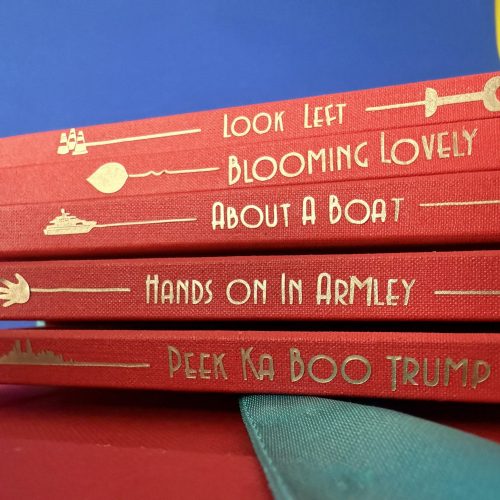
“For thing .. can designate merely something .. as opposed to nothing; it can refer to actions or conditions (‘Let’s get those things done now’; ‘things have been pretty shitty’); and it can name any quotidian object—a rock, a knife, or a watch.” (Brown, 2015)
